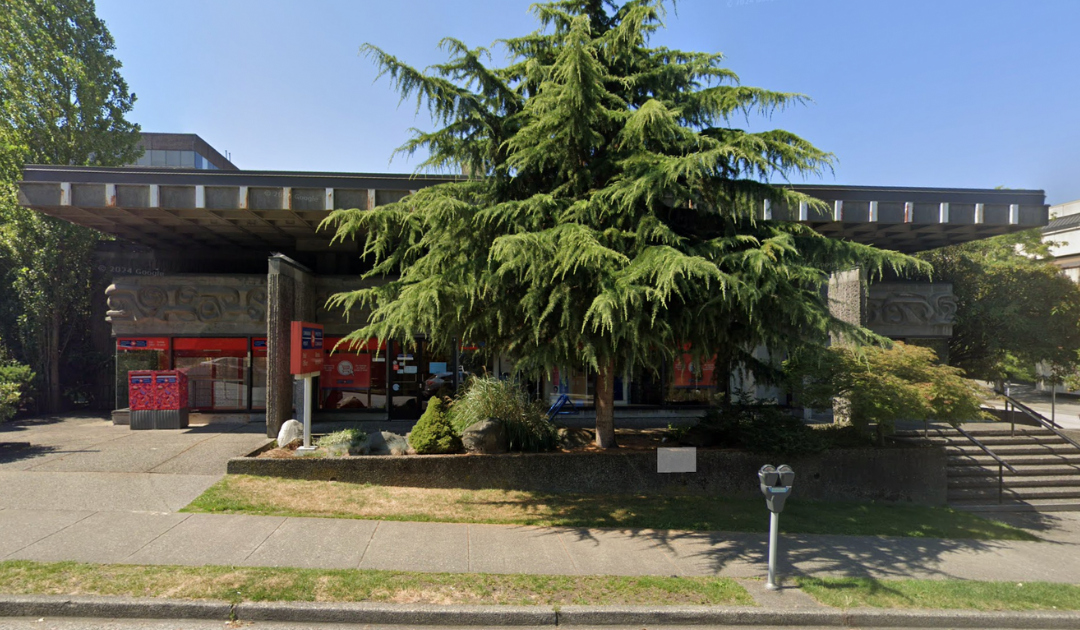2405 Pine St., Vancouver, B.C./ Google Maps August 2024
Underutilized, government-owned land in some of Canada’s largest cities could be redeveloped to house over one million Canadians, according to a new study from researchers at the University of British Columbia (UBC).
The research highlights the potential for public lands to play a significant role in addressing the country’s ongoing affordable housing crisis, examining land owned by federal, provincial and municipal governments in the Toronto area and five other cities.
The More Housing Here study gives an example of underused sites like the post office building at 2405 Pine Street in Vancouver, which currently hosts a three-story structure. The study notes that similar parcels along Vancouver’s Broadway corridor are being redeveloped into 30-story buildings, demonstrating the untapped potential of public land.
A path to affordable housing
Many of these government-owned sites are already well-served by essential infrastructure such as public transit, schools and parks, making them ideal for housing development. Utilizing these lands could significantly reduce construction costs, as land acquisition—which typically accounts for up to 30 per cent of construction expenses—would not be necessary.
“By using public land for housing development, parcels already in the public trust could remove nearly one-third of housing construction costs from the equation entirely,” the researchers explain. Additionally, using public land could streamline zoning and planning processes, speeding up development timelines.
Unlocking potential across Canada
The study finds that the Toronto area (including Hamilton) could accommodate approximately 587,000 new residents, while Ottawa and Calgary could each house 200,000 and 89,000 people, respectively. Overall, the redevelopment of identified public lands could provide housing for over one million Canadians.
Priority should be given to larger, well-connected sites and not all publicly owned land is suitable for development: “While cities like Ottawa, Hamilton, and Calgary have a large number of sites, most of these are not feasible for development, as they are located outside the core of the city and would largely involve greenfield developments. In contrast, Toronto has the highest number of developable sites, highlighting its potential to help address housing shortages.,” the study states.
Despite fewer developable sites in Ottawa and Hamilton, these cities still offer strong potential due to the larger size of available parcels.
A proven strategy
The report highlights the success of the federal government’s land initiative, which has provided land at no cost to organizations focused on building affordable housing. The cost of land has risen nearly three times faster than construction costs in Vancouver, researchers note, and many communities across the country are facing land prices significantly higher than a decade ago.
“The study highlights the untapped housing potential of government-owned lands, focusing on areas already well-served by existing infrastructure for more efficient and cost-effective development,” researchers conclude. “This approach helps address a significant portion of Canada’s housing shortage while minimizing the need for extensive public investment in new infrastructure.”














Many thanks – Great article ! Hopefully govt at all levels follows up – keep the ball rolling.